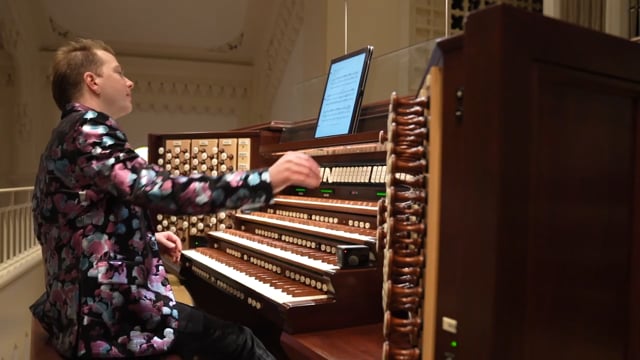Jonathan Gregoire performs Hugh Bancroft’s “Pastorale” on the new Létourneau organ at First United Methodist Church in Lubbock, Texas.
Dr. Gregoire is organist at St. Andrew United Methodist Church in Plano, Texas, as well as executive director of the Arts Foundation of St. Andrew (www.jonathangregoire.com).
The pipe organ, Létourneau’s Opus 135, was completed in late 2020; its 75 ranks offer a vast array of color and dynamic range across seven manual divisions. The full resources of the instrument can be played from the two-manual console in the church’s rear gallery with touchscreen controls for stops and couplers or a traditional four-manual console with drawknobs in the chancel's choir loft.
Létourneau Opus 135 is featured on the cover of the June issue of The Diapason:
https://www.thediapason.com/content/june-2021
https://www.thediapason.com/content/cover-feature-orgues-letourneau-opus-135
For information: letourneauorgans.com







